
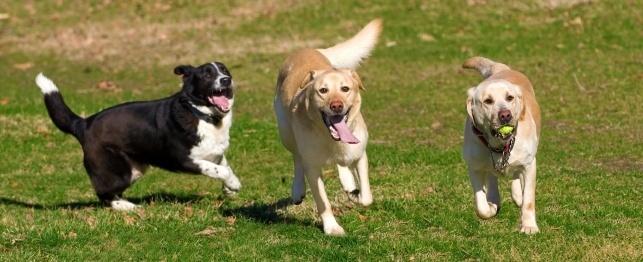
Dogs
The other day I saw a magnet on a car that read "What Happens at the Dog Park Stays at the Dog Park." Oh, if only that were true!
Each year a larger segment of the parks in the United States include areas designed specifically for dogs. These dog parks are a great place for dogs to run, play, and socialize with their dog peers. They're a huge help in areas where most owners live in apartments without access to places for their dog to exercise. However, it's not all fun and games at the park. Many problems can arise when owners aren't responsible or a dog is pushed out of their comfort zone.
After communicating with various emergency veterinarians across the country, we came up with a list of common problems that can occur or result from a trip to the dog park.
The goal of this list is not to scare you away from the dog park but to make you aware of potential risks. The more you know, the safer you and your dog will be.
1. Sprains – One wrong twist and turn (or a collision with another frolicking dog) is all it takes to sprain a joint.
2. Soft Tissue Injuries – Rough and tumble play, especially between dogs of vastly different sizes, can result in bruises and other tissue damage.
3. Ligament Tears – Running, jumping and playing can be associated with partial or full ligament tears, especially the cruciate ligament of the knee.
4. Kennel Cough – This is a contagious disease (also called "bordetella") which causes respiratory distress. It is extremely contagious and common anywhere that dogs interact such as vets' offices and dog parks.
5. Parvovirus – Commonly known simply as "parvo," this viral disease primarily affects unvaccinated dogs and puppies. It is spread through the feces and can be picked up at the dog park if an infected dog visits before yours. It takes 5-10 days for symptoms to appear after exposure.
6. Parasite infection – Parvo isn't the only parasite lurking in dogs parks. Various other parasites such as giardia and cryptosporidium are also common.
7. Fleas – Many dogs that go to the dog park may have fleas. The flea often bites a dog then lives for a period of time on the floor or ground until he is ready to jump on your dog for another blood meal.
8. Insect Bites – Even if an insect bite does not result in an infection, it can still irritate sensitive canine skin.
9. Heat Stroke/Dehydration – Many dogs really have so much fun that they don't know when to stop. As a result they can suffer from heat stroke or dehydration within a brief period of time.
10. Bite wounds – Your dog might be the sweetest pup on Earth but not every dog is friendly...and not every dog owner is responsible. A dog who is nervous or aggressive may bite another. Bites occasionally result from overzealous play as well.
11. Lacerations – An excitable dog can get caught on fencing or other sharp objects in a dog park. Most parks are very careful but we do see occasional problems. For example, a dog who can jump high might get stuck on the top of a chain link fence.
Any of these problems can occur to a dog in the dog park, but they can also happen at home in a yard. In particular infectious diseases and parasites are always a possible when other dogs are involved.
Now you know about some major risks in dog parks. How can you prevent problems them? There are several things you can do to try to avoid some of the situations mentioned above.
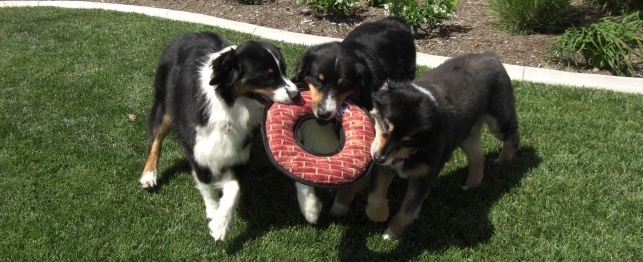 Playing Tug of War with Your Dog
Playing Tug of War with Your Dog
Playing Tug of War with Your Dog
Playing Tug of War with Your Dog
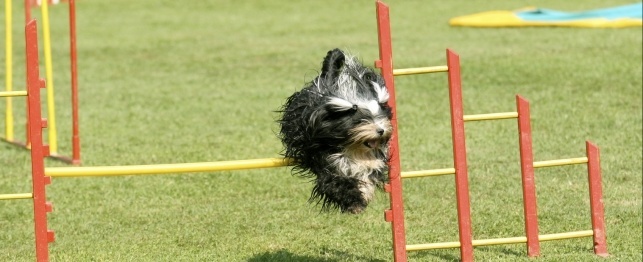 Agility: an Exciting Dog Sport
Agility: an Exciting Dog Sport
Agility: an Exciting Dog Sport
Agility: an Exciting Dog Sport
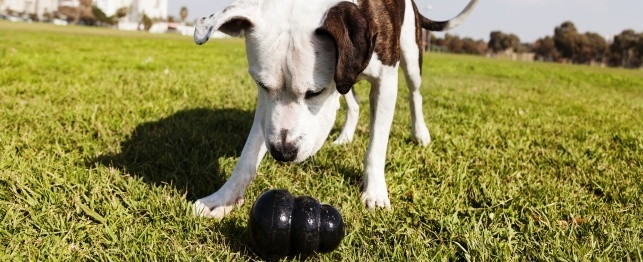 Commercial Brain Games Challenge Your Dog
Commercial Brain Games Challenge Your Dog
Commercial Brain Games Challenge Your Dog
Commercial Brain Games Challenge Your Dog
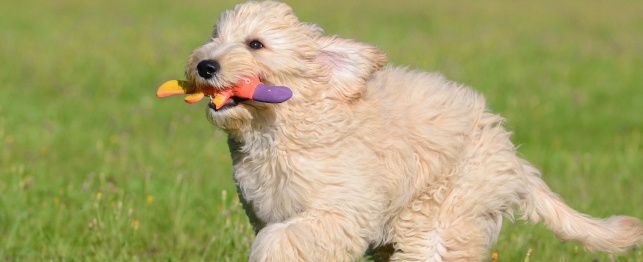 Five Games That Will Delight Your Dog
Five Games That Will Delight Your Dog
Five Games That Will Delight Your Dog
Five Games That Will Delight Your Dog
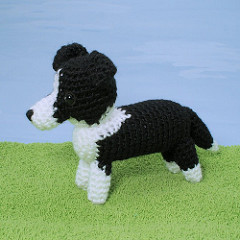 Train Your Border Collie Dog With These Helpful Hints
The day your new puppy comes home with you will be filled
Train Your Border Collie Dog With These Helpful Hints
The day your new puppy comes home with you will be filled
Copyright © 2005-2016 Pet Information All Rights Reserved
Contact us: www162date@outlook.com